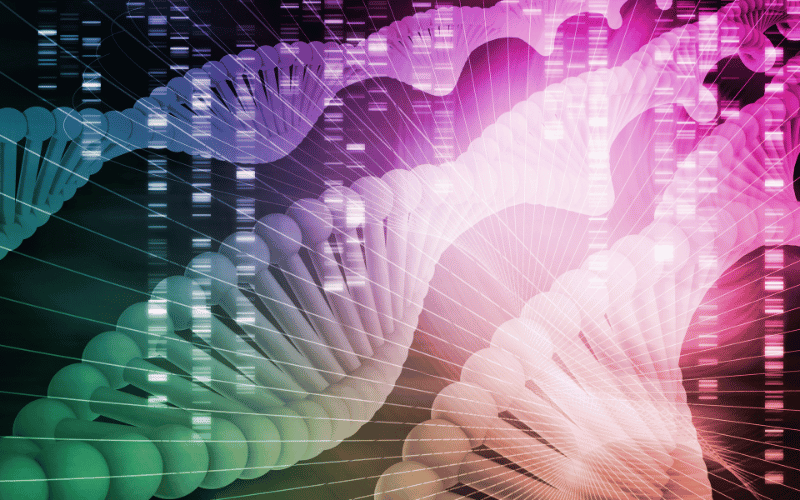Introduction: Delving into the Causes
Celiac disease, a term frequently encountered yet not always fully grasped, remains a topic of intrigue and concern for many. As an autoimmune disorder, it forces the body to mistakenly view gluten—a protein found in wheat, barley, and rye—as a threat. This perceived threat then leads the immune system to attack the small intestine, causing a myriad of health issues.

At a glance, it might seem like merely avoiding gluten is the simple solution. However, the origins of celiac disease are intricate and multi-faceted. Yes, genetics undeniably plays its part, but it’s far from being the sole actor on this complex stage. A symphony of environmental, dietary, and biological elements combine, each contributing its unique note to the disease’s development.
In this exploration, we will journey through the top 10 underpinnings of celiac disease, aiming to paint a clearer picture of its root causes. This isn’t just about the scientific jargon or the clinical terms. It’s about human lives, the daily struggles, and the quest for answers by those directly affected by the condition.
By spotlighting these primary triggers and delving into their intricacies, we hope to offer both clarity for those grappling with celiac disease and enlightenment for those seeking to understand it better. Knowledge, as they say, is power, and with a clearer grasp of this condition, we can better equip ourselves for the challenges and decisions that lie ahead.
1. Genetic Predisposition: A Deep Dive into Celiac’s Inherited Link

While celiac disease manifests in various forms and intensities, one of its undeniable roots lies in genetics. Genetics isn’t merely about the color of our eyes or the shape of our noses. It’s a deeply encoded map that influences our susceptibilities, strengths, and weaknesses. In the realm of celiac disease, certain genes have taken the spotlight: the HLA-DQ2 and HLA-DQ8 genes.
Now, not everyone carrying these genes develops celiac disease, but their presence significantly elevates the risk. The plot thickens when we consider that a large chunk of the global population carries these genes, yet only a fraction end up with celiac. So, what triggers the switch? It’s not just genetics at play, but a cocktail of elements, including environmental triggers.
Diving deeper, studies have unveiled fascinating details. Twins, particularly identical ones, have provided substantial insights. If one twin has celiac disease, the other possesses a much higher risk of developing it too. However, it’s not a guaranteed fate, showcasing the dance between genes and environment.
The essence of this understanding? Genetics loads the gun, but it doesn’t necessarily pull the trigger. Recognizing the role of genes, however, can lead to proactive steps in mitigating risks and understanding one’s body better. (1)